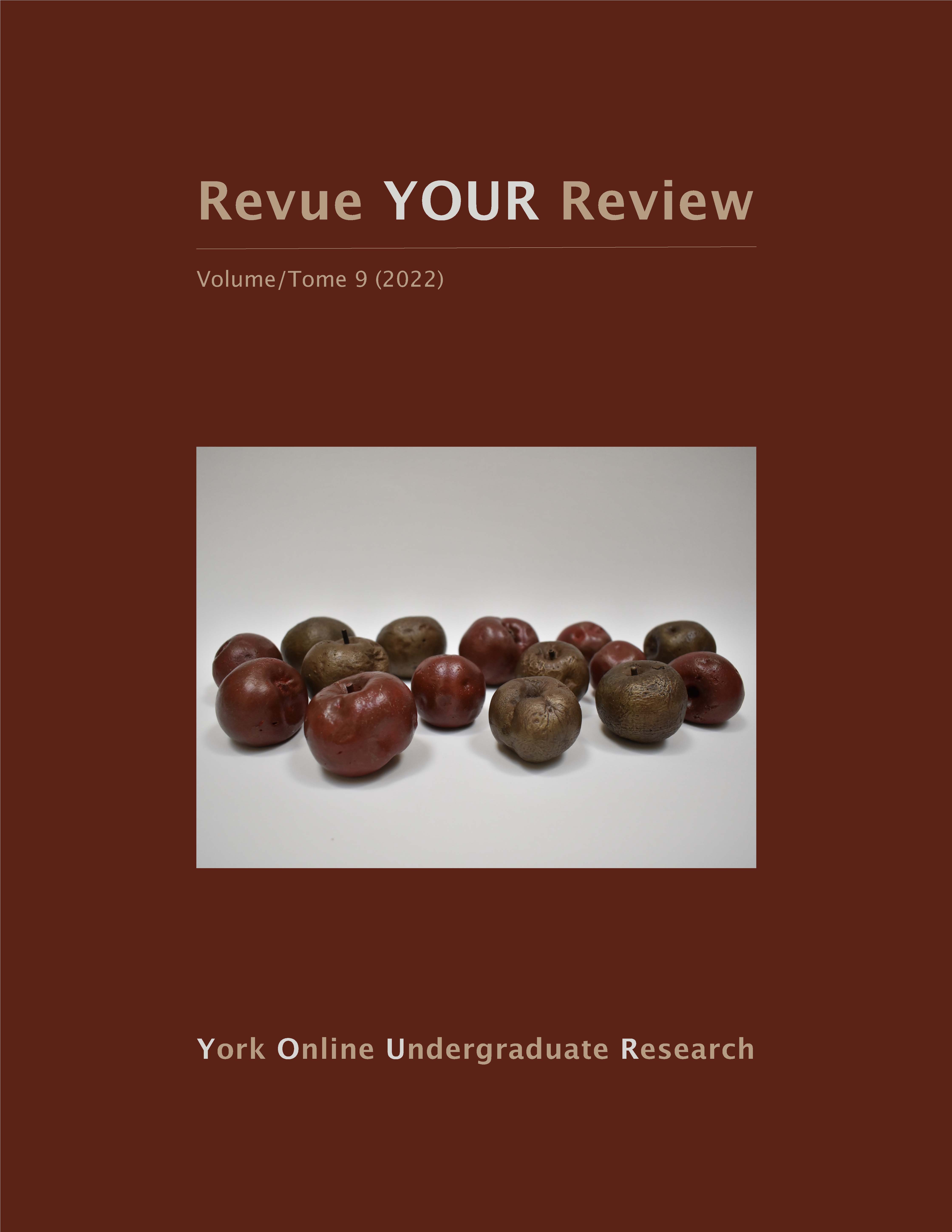Save-a-Bear: Human Interactive Device, Addressing Accessibility, Emotional Care, and the Seriousness of Teaching CPR to Children, All in the Comfort of One’s Home
Abstract
This project focused on the application of the interaction design process, design knowledge and skills to design interactions with a child-size manikin for children to learn the cardiopulmonary resuscitation (CPR) technique. Despite having numerous CPR manikins and feedback devices available on the market, very few are specialized in teaching children the essential skill. The interactions with the manikin should be designed to support haptic feedback to facilitate the children’s learning. The study focused on key factors that should be prioritized when developing a CPR manikin for children. The research was conducted as a group utilizing various methods, including primary/secondary, PACT, competitive analysis, and affinity mapping. Findings reveal that there is a need to address accessibility, emotional care, and the seriousness of teaching CPR.
This project led to the creation of Save-A-Bear. It is a portable and responsive CPR bear with compression and audio feedback that addresses accessibility, emotional care, and the seriousness of teaching CPR to children all in the comfort of a child’s home. Features that include an inbuilt speaker that plays 100 beats per minute (BPM) songs, tracks compressions by recording metrics on the app, is easily portable, and raises awareness of the importance of understanding CPR & first-aid practices. This device assists in the transition to remote learning through its physical and digital component and at-home training program. By creating this device, children will be well equipped with the skills to deal with any future medical emergencies, to take care of themselves, their loved ones, and the community.
Downloads
Published
How to Cite
Issue
Section
License

This work is licensed under a Creative Commons Attribution-NoDerivatives 4.0 International License.
Authors contributing to Revue YOUR Review agree to release their articles under one of three Creative Commons licenses: Creative Commons Attribution 4.0 International; Creative Commons Attribution-NonCommercial 4.0 International; or Creative Commons Attribution-NoDerivatives 4.0 International. All editorial content, posters, and abstracts on this site are licensed under Creative Commons Attribution-NoDerivatives 4.0 International. For further information about each license, see:
https://creativecommons.org/licenses/
In all cases, authors retain copyright of their work and grant the e-journal right of first publication. Authors are able to enter into other contractual arrangements for the non-exclusive distribution of the e-journal's published version of the article (e.g., post it to an institutional repository or publish it in a book or in another journal), with an acknowledgement of its initial publication in this e-journal.


